How To Reduce Packaging And Shipping Costs?
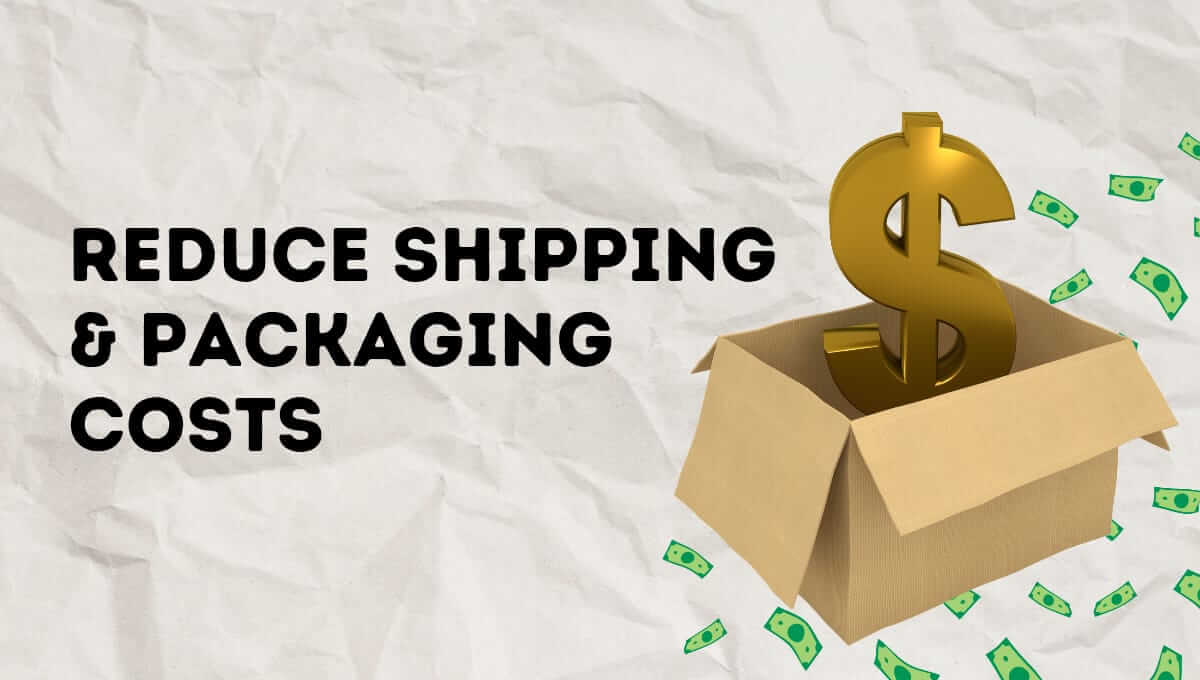
When a customer sees your product, what do they come across first? Is it the quality of your product? Or maybe it's product costs?
No.
Customers first notice your product packaging, so investing in it is more important than ever. But you don't want to spend all the money on shipping and packaging costs. The same goes for your customers. According to stats, more than 45% of shoppers abandon their carts when they realize the order value fails to qualify for free shipping.
Then what should you do? After all, compromising on the quality of your product packaging will do more harm than good.
In this article, we'll share some of the most effective ways to reduce packaging and shipping costs. These strategies save much money and maximize conversions, leading to business growth.
So keep reading.
Effective Methods To Reduce Packaging And Shipping Costs
Several methods can be implemented to reduce packaging and shipping costs, but only a few have high ROI. This article will introduce you to the ten best methods for this purpose. Let's dive deeper and explore more about them.
1. Improve Product Box
The primary focus on packaging is your product box. You need to make proper measurements for your product box. Generally, businesses pack small products in large boxes, which eats up unnecessary space during transit because they're not packed properly. Two major things determine the overall cost of shipping.
- Volume of package
- Size of package
If you start with the right basic, which is opting for the right product box, then the next steps become easier. You can use several strategies to avoid using large shipping boxes. Here are some of them.
- Design your product boxes and mailers in a way that goods fit snugly.
- Add pouches and padded envelopes, which support small products and can be used instead of double boxes.
- Increase the density of shipping by adding many products. However, avoid stuffing products in a single box.
2. Opt For Custom Lightweight Materials
The one-size-fits-all rule isn't effective in the packaging industry. That's why you should opt for custom packaging materials. Custom packaging is made for various product categories according to size and requirements.
Use the least amount of packaging while ensuring that your product is safely shipped to customers. You can't make your actual product lighter, but you can reduce the additional weight of the package. Don't add too many dense materials to your package unnecessarily. Here are some tips that you must implement for this purpose.
- Use only light materials such as custom inserts and air pillows that easily fit in the box. At the same time, they keep your product safe without increasing its weight to a great extent.
- Poly mailers take up less space than boxes. They're best used for soft items such as clothing or bed sheets.
3. Utilize Automation
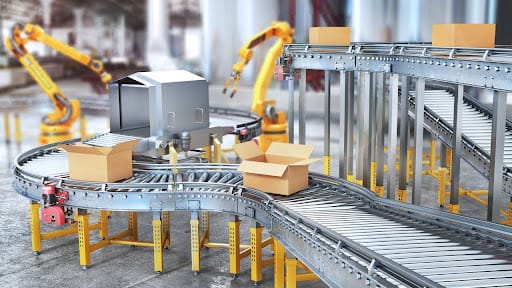
Source: linkedin
With technological advancement, you can't rely solely on manual work. That's why you should use automation. How can you do it?
Let's understand it with this example.
Suppose you have an employee who manually constructs corrugated cardboard. Insert the stuffing materials and tape boxes one by one. It's time-consuming, and you need to pay a lot of money. By introducing automation technology to the warehouse, you can reduce costs and the time it takes to send packaging products. Many manufacturing industries in America already use automated technologies, such as robots, to make tasks easier and quicker. Remember that automation is designed to help people and eliminate redundancies of manual work.
4. Reduce DIM weight
As a company owner, you should know about dimensional pricing. UPS and FedEx have introduced this metric to calculate the weight of packages. It includes volume along with the actual size and weight of the package. So, who'll find this packaging useful?
It's best for those who don't overpackage boxes to increase shipment density during transit. So, if you want to lower the shipping costs, reduce the DIM weight. The formula for calculating DIM weight is simple. It's the length of the box of product times its height and width, later divided by the DIM factor.
DIM weight = Length x Height x Width / DIM factor
Here, the DIM factor is equal to 139.
5. Eliminate Usage Of Void Filler
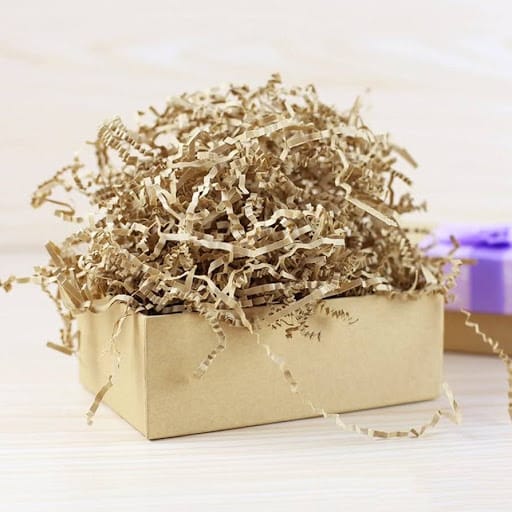
Source: attorneygeneral
If possible, try to cut down on void filler usage. It's something that you should rather not use. It's a general expense that does nothing more than filling empty spaces.
But if your product is oddly shaped, the use of void fillers becomes inescapable. That's why you should design your product packaging while keeping efficiency and safety in mind. It'll help reduce the ongoing costs of packaging.
Instead of using fillers to minimize empty spaces, you can opt for other alternatives, such as inserts or fittings specially customized for the product. These will hold your product directly in place during shipping. Hence, the chances of damage become minimal, even without void fill.
By adding custom inserts, you also eliminate the need for secondary packaging. This reduces the danger of transit damage and speeds up packaging processes.
6. Use Bio-Based & Compostable Materials
It's time to adopt sustainable packaging solutions. Not only do they reduce your carbon footprint, but they also improve your sales and save you a lot of money. Bio-based materials are derived from biodegradable sources such as sugarcane, algae, and mushrooms. They are ideal environmentally friendly alternatives to petroleum-based packaging products.
Compostable material breaks down completely in the soil. Nowadays, there are a variety of compostable options in the market. You can replace traditional packaging materials that lack biodegradability with these unique materials. These eco-friendly packaging alternatives are of great significance because they contribute to the environment by minimizing waste and promoting sustainability.
7. Pack For Safety To Reduce Returns Or Damage
Imagine you order a product from an online store. The product will be delivered within the next three days. You keep waiting and get excited. But when you open the package, you notice that the product is damaged. When you call the company's customer service, they reply that;
It wasn't damaged when we packed it. It's not our fault.
This type of situation can be extremely frustrating for users, right?
It's also the major reason behind the return of items. As a company, you need to understand that shipping can be a little bumpy. But if you do proper planning, you can prevent this damage.
So, how can you resolve this?
Here are some tips.
- Add efficient and lightweight inserts or tissue papers to reduce the movement of items inside the box.
- Choose the right box size for your product. Don't just ship air.
- Use a trustworthy and reliable carrier or shipping company.
8. Check the Quality Of Corrugated
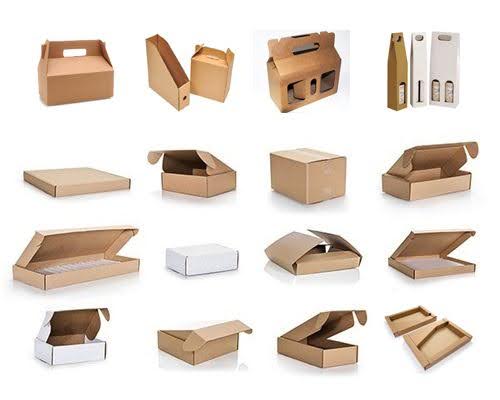
Source: pinterest
Carefully check the quality of corrugated boxes. Custom corrugated boxes are strong and provide an additional layer of safety. Since product damage is a major concern of most brands, corrugated boxes can easily eliminate this issue.
It also allows pace optimizations by allowing you to stack more boxes on top of one another. You can save a lot of money on storage and transportation. From a safety and production point of view, it's an excellent choice for companies that prioritize providing the best experience to their customers.
9. Calculate Shipping Costs
After considering all the ways to minimize costs, you should not ignore this crucial method. It involves calculating all the shipping rates while billing the customers so you don't have to run your business at a loss.
Shippers and carriers demand a lot of charges. You don't want to pay all these charges by yourself. That's why you should include all the costs in the bill. Some of the aspects and overall product costs for this include:
- Speed of delivery of the product
- Delivery pricing during weekends
- Confirmation of delivery and tracking of the package
- Charges for fuel
- Signature fees
- Delivery Insurance
Make sure you're not shipping products to the wrong address because it can lead to penalties and additional costs you may need to pay from your pocket. Opt for a carrier that provides discounts and reasonable shipping costs.
10. Optimize Entire Process
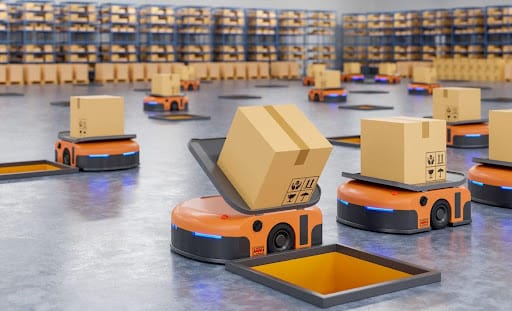
Source: medium
When the process is inefficient, it can cost more money than necessary. But how can you identify them?
Take a look at your current packaging process. Note any concerns. Analyze areas for improvement or ways to speed up the process.
Remember, an efficient dispatch area doesn't need to look like a production line. It should be versatile and easy to handle every product.
Final Thoughts
If you take proper measures, then you can save a lot of money and energy. In short, the closer you look, the easier it is to reduce your packaging expenses. But there's a fine line between saving money and cutting costs.
Don't compromise on product packaging quality while doing this. Combining quality packaging with good designs always pays off. It makes your audience more interested in your product.
But is there any expert who can assist you in this journey?
Yes. Altro Labels is a team of experts ready to assist businesses like yours in improving their packaging and attracting target audiences. So, are you ready to become your customer's favorite?
Reach out to us now.
